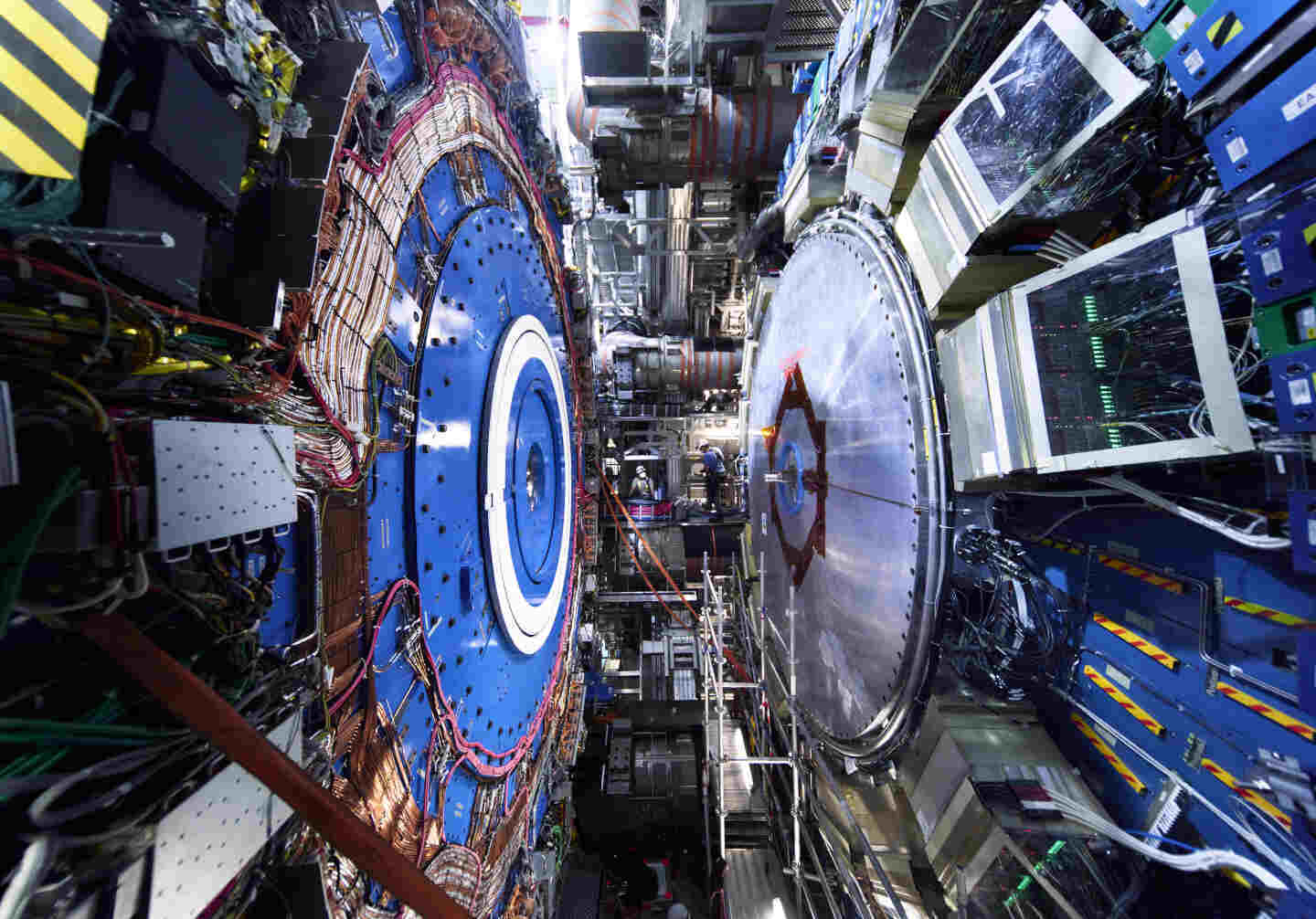ACADEMIA
ATLAS establishes strict boundaries on the potential existence of dark matter particles that are supersymmetric

The ATLAS collaboration has conducted an extensive search for weakly interacting supersymmetric particles, which could potentially explain the mystery of dark matter. The searches have been very sensitive, exploring a broad range of supersymmetric particle masses, resulting in the exclusion of some previously favored regions.
Despite the progress made, many models remain elusive, and further developments in search strategies will be required to improve the sensitivity of ATLAS searches.
If new particles do exist, the Large Hadron Collider (LHC) is the perfect place to search for them. According to the theory of supersymmetry, a whole new family of partner particles exists for each of the known fundamental particles. While this might seem extravagant, these partner particles could address various shortcomings in current scientific knowledge, such as the source of the mysterious dark matter in the Universe, the “unnaturally” small mass of the Higgs boson, the anomalous way that the muon spins and even the relationship between the various forces of nature. But if these supersymmetric particles exist, where might they be hiding?
This is what physicists at the LHC have been trying to find out, and in a recent study of proton-proton collision data from Run 2 of the LHC (2015-2018), the ATLAS collaboration provides the most comprehensive overview yet of their searches for some of the most elusive types of supersymmetric particles - those that would only rarely be produced through the “weak” nuclear force or the electromagnetic force. The lightest of these weakly interacting supersymmetric particles could be the source of dark matter.
Thanks to the increased collision energy and the higher collision rate provided by Run 2, as well as new search algorithms and machine-learning techniques, ATLAS has been able to explore deeper into this difficult-to-reach territory of supersymmetry.
The ATLAS physicists have combined results from eight searches, each seeking evidence for supersymmetric particles in a different way. The combined power and sensitivity of the different search strategies have allowed ATLAS researchers to study tens of thousands of supersymmetry models, each with different predictions about the masses of supersymmetric particles.
These ATLAS searches have unprecedented sensitivity and explore a wide range of supersymmetric particle masses. The ATLAS physicists looked for evidence of “lab-made” dark matter – that is, dark matter created in LHC collisions. Their searches have proved complementary to other experiments seeking natural, “relic” dark matter left over from the Big Bang. Unlike collider searches, which don’t need to see the dark matter to infer its presence, the latter experiments rely on the sufficiently large probability of dark matter particles hitting normal materials and therefore being detected.
One of the most significant findings of this combination of searches is that some regions for supersymmetric-particle masses that were previously viewed favorably, where the dark matter particle has about half the mass of the Z boson or the Higgs boson, have now been almost entirely ruled out.
Another benefit of such a comprehensive study is an understanding of which supersymmetry models have not yet been probed. ATLAS has presented examples of such surviving models, which can be used to optimize future searches. Though possible hiding places for supersymmetric particles are being systematically reduced, many models remain stubbornly elusive. Improving the sensitivity of ATLAS searches to these models will require more collision data and further clever developments in search strategies.

